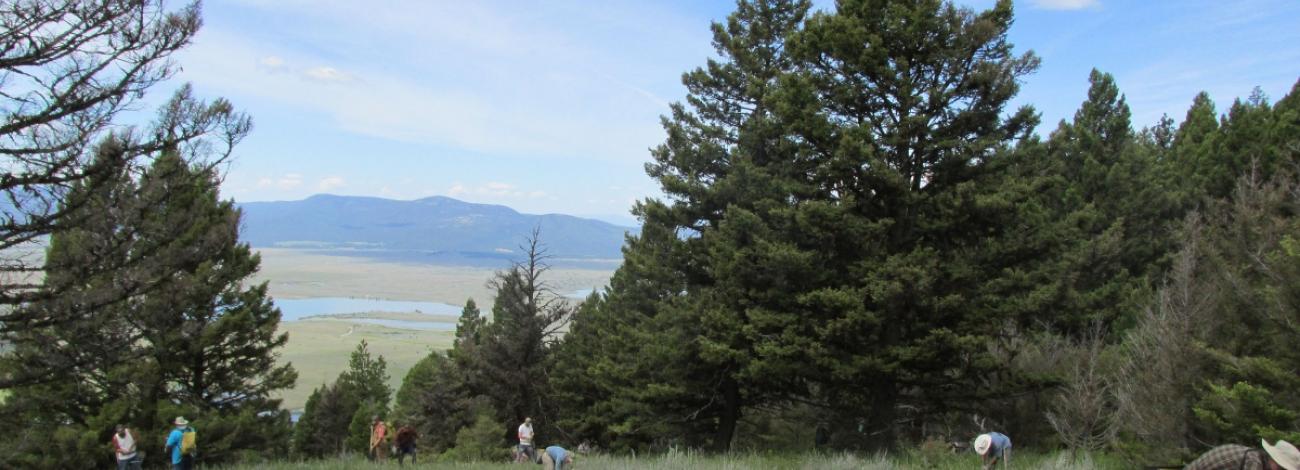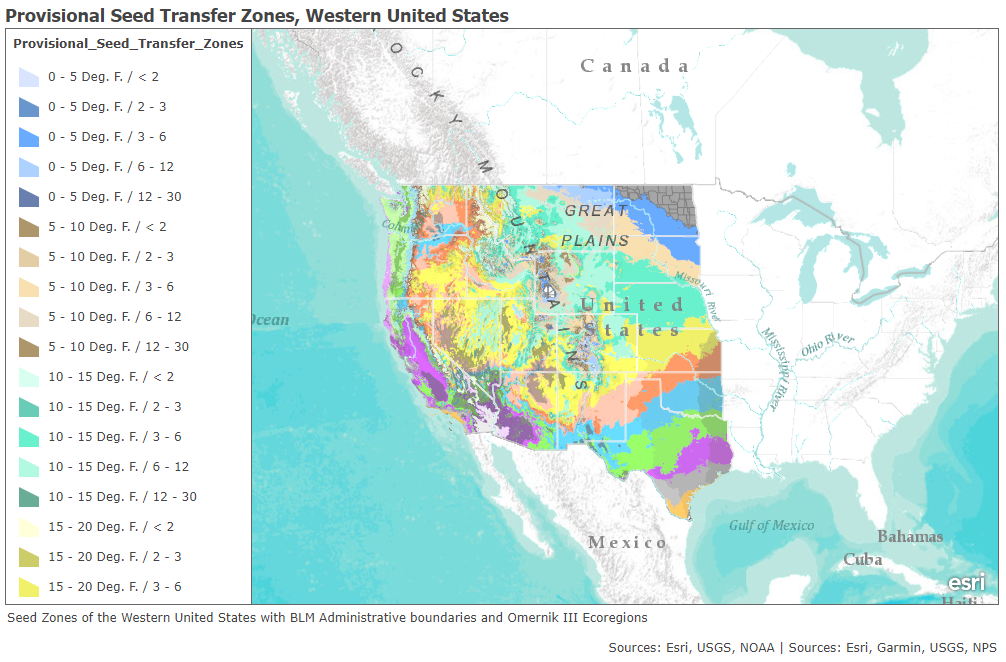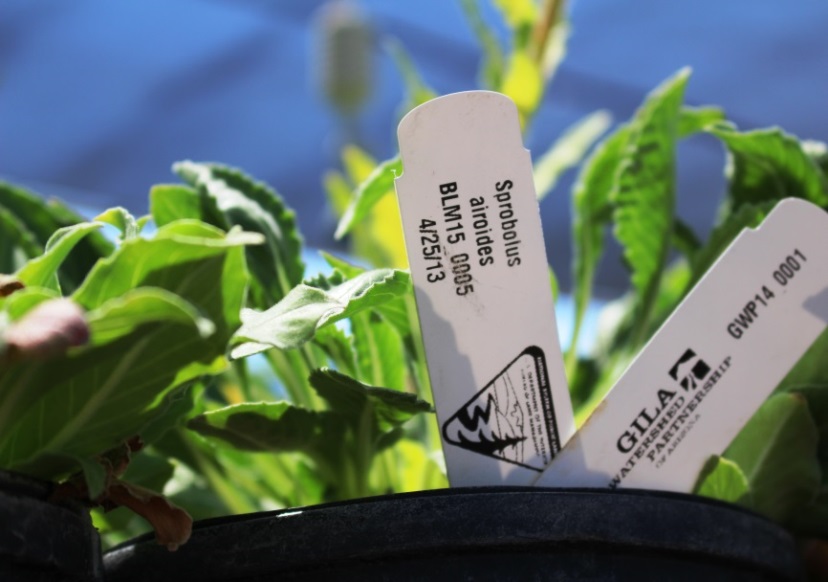
Restore Native Plant Communities
Often the first step in repairing damaged lands is Emergency Stabilization which focuses on post-fire seeding of species to prevent soil erosion by wind and water.
Next are Rehabilitation activities which provide keystone species for wildlife food and cover.
Finally, Restoration activities include actions that aim to ensure the full complement of ecological services is available, ensuring site resilience over the long-term.
The ultimate goal of the process is to restore native plant communities that provide ecosystem services and wildlife habitat. Restoration results benefit from incorporating genetic considerations, including using the research to choose the best seed source and seed mix to maximize plant establishment and sustainability in a changing climate.
Restoration Partner Project
Great Basin Sagebrush Project is part of the Sustainability in Prisons Project. It is an environmental partnership between the Institute for Applied Ecology, Department of Corrections, and the Bureau of Land Management to provide unique and meaningful ecological activities to incarcerated men and women with the goal of restoring sagebrush habitat for the greater sage-grouse in the great basin region through a multi-state grow out initiative.
Restoration Tools
Seed Zones
One key to successful restoration is using plant materials that are well suited to a particular site. Seed zones help answer the question: Are plant materials sourced from site A ecologically appropriate for restorations at site B?
Based on the research of Bower et al. 2014, provisional seed zones outline areas within ecoregions that are similar in climate. Transferring seeds within zones reduces the risk of maladaptation. This guidance is generalized for all species, but research is currently underway to elucidate seed zones for specific regions and individual species.
Seed zones which focus on a single species provide the most accurate guidance and are created based on genetics, climate data, empirical data gathered from common garden studies, or a combination. BLM works with partners to increase the number of empirical seed transfer zone guidelines, especially for workhorse species commonly used in restoration.


